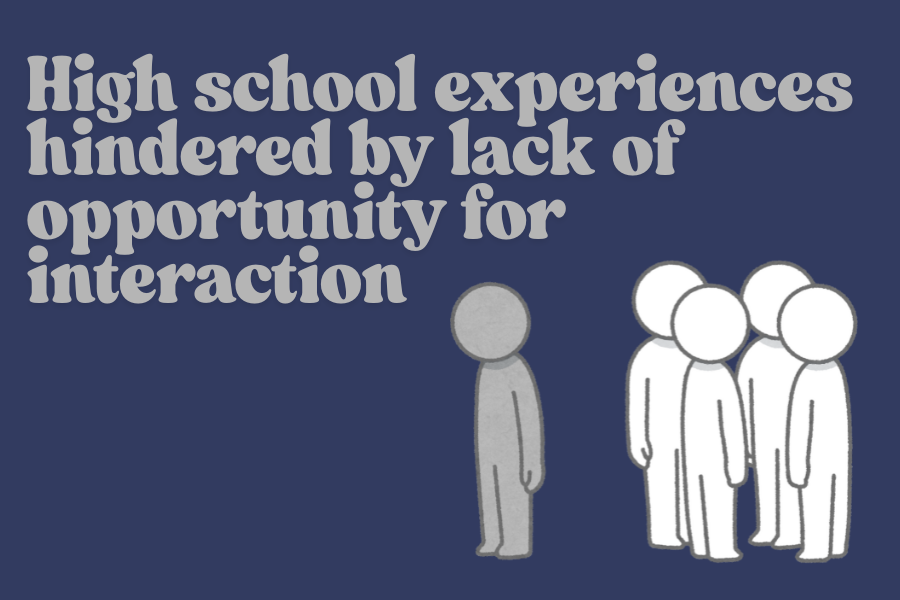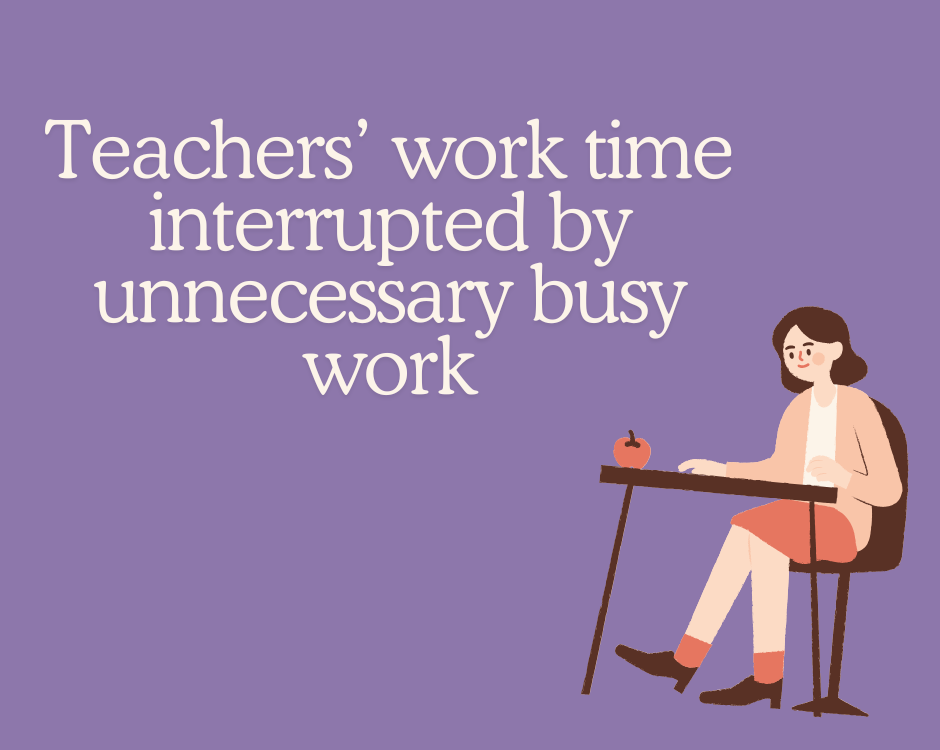During Keystone testing in May, administration officially declared that non-testing students will study at their homes. While this year takes the asynchronous route, that doesn’t mean that others haven’t. Each year is independent of another, but a desperate change is needed. Deciding students should come to school is a wasteful and unnecessary choice. Instead of switching between the two options, administrators should allow non-testing students to stay home on Keystone testing days.
Attendance is one of the most important concerns for the principals, and picking a synchronous route doesn’t help fix their issue at all. When the topic of Keystone testing comes up, there’s a chance some students will openly bring up the idea of skipping. They ask what the point of even attending is, and when they come to the conclusion that there isn’t one, they skip. It’s almost the end of the year, and some students have stopped caring about attendance. They’ll take any excuse they can get, and the school’s attendance records will see a decrease in the number of students attending. A positive with asynchronous days is their little effect on attendance. Because this route doesn’t require non-testing students to mark themselves as present, there’s a lower size of overall students who need to be accounted for. All students who are supposed to attend are testing, so there’s an incentive for some as they need to pass their tests. Synchronous testing causes a decrease in attendance, but asynchronous days have the opposite effect where it would help rather than harm.
Besides worsening attendance, synchronous days only lead to wasting resources that could be saved otherwise. More kids are required to attend school which means more lunches, more monitoring, and more maintenance. As stated before, some students will skip on these days which means a lot more food is going to waste. The students who do show up are put in a rotation which means multiple areas need to be cleaned and monitored more often than what would be necessary with asynchronous days. Teachers face a disadvantage as well. Instead of working without worry, teachers need to monitor students and keep their areas in order. They are distracted, and can no longer use the time necessary to focus on grading or making plans for their classes. Choosing to stay in the building is just wasteful when there’s another clear option that saves so much more time and money.
Some people believe asynchronous days are a waste too, claiming people won’t do their work. The truth is, a decent number of students won’t have work to even complete, or it won’t be anything close to the workload they had at the middle of the year. Synchronous days are much more useless as they confine students to stay in a building where they have nothing productive to do. Instead of sitting in a classroom or watching a movie, students could spend their day doing something else entirely different. If they do have work to do, they can complete it at home. If they don’t then they can hang out with friends, family, or work for a longer day than they normally would. It allows students the freedom to choose what to do with their time.
Being asynchronous is clearly the better option of the two. Administration needs to realize that synchronous days will only lead to worse attendance and cause a waste in resources. Students shouldn’t have to be confined into a building that will waste most of their time away when they could participate in other activities.








